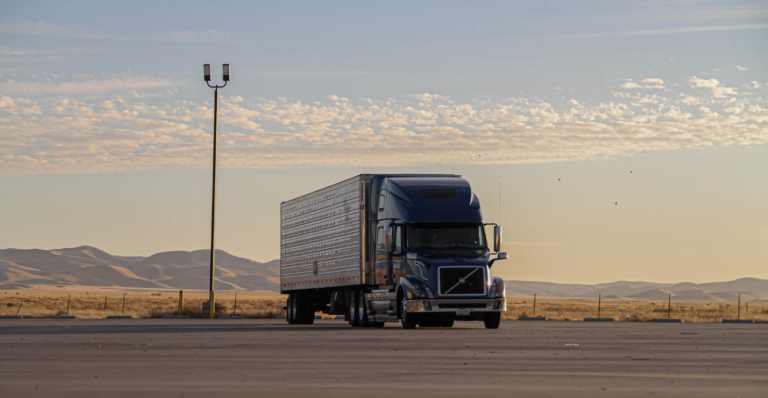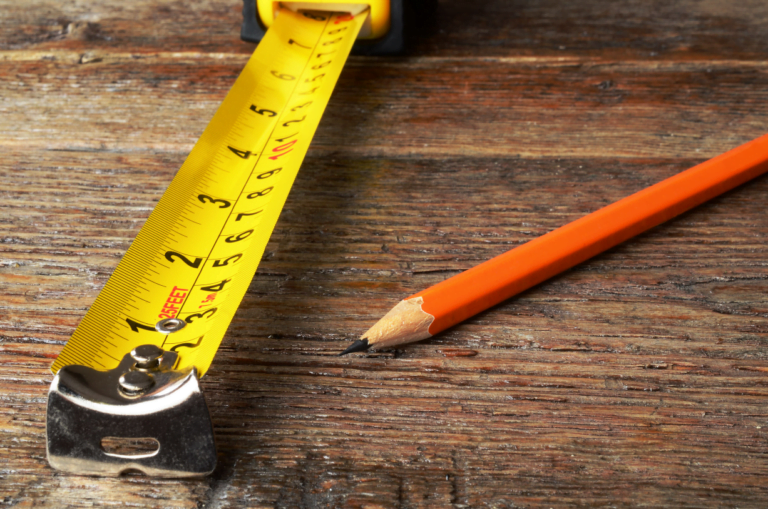What’s happening in China these days?
While the rest of the world is shaking the COVID beast off its shoulders, China entered fresh periods of lockdown in April 2022.
As reported by the BBC, thousands of daily cases were being reported in March and millions of people in the north-eastern province of Jilin were placed under lockdown – “the first time China had restricted an entire province since the early days of the pandemic in Wuhan.”
Lockdowns across Shanghai and a number of major cities followed, stretching out over more than four weeks and limiting activity to essential movements only. Many factories were forced to suspend operations and with so many people staying home from work, China’s manufacturing activity fell to a six-month low.
As millions of people went through COVID testing around China, ABC News shared that some enterprises reduced or stopped production. Disruptions affected logistics as well as the supply of raw materials and components. Meanwhile, shipping operations in China also ground to a halt, with containers piling up at major ports.
The good news is that COVID case numbers seem to be coming under control and the death toll from the recent outbreak has been relatively low. While lockdowns continue, some operators have been able to restart with a ‘closed-loop’ operation; meaning people get back to work by living at their place of employment.
In the coming weeks, there is no doubt Australia and every other country on the planet will feel the effects of the world’s manufacturing superpower slowing down to contain the spread of COVID. Big industry names have been impacted; think big names like 3M, Apple, Volkswagen, Toyota and Tesla, not to mention a range of smaller brands.
How Australia is minimising the fallout
The pandemic and the uncertainty caused by environmental and political issues have highlighted the importance of diversifying.
At a Federal level, Australia is looking at bringing the manufacturing of many products back home. One example is urea, which is used in agriculture and diesel fuel. In the past, we have sourced a lot of this product from overseas but will soon be producing it on a world scale. There has also been an announcement recently about medicines, up to 90% of which have been sourced from overseas in previous years. The Prime Minister’s announcement explained that, “A new facility to be built in Clayton, Victoria will secure Australia’s sovereign capability and is expected to have economic impact of $461.8 million over the next 15 years.”
We will also be looking to countries such as India, Bangladesh and Vietnam. A deal with India that has taken over a decade to arrange is set to see trade between our nations doubling over the next few years. This is good news for importers as well as exporters.
In the meantime, if you source from China, get in touch with your suppliers or the agents you work with to ask how much lead time is now required for goods to arrive on time. The slowdown will inevitably lead to a backlog so now may even be the time to place orders for Christmas if you want to avoid the stress of wondering if things will show up.
Once your goods arrive, talk to EFS about local freight solutions.






